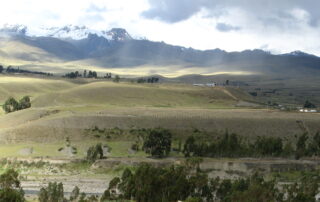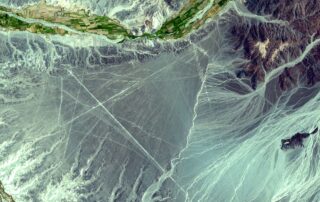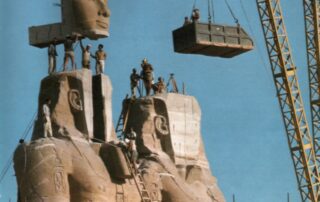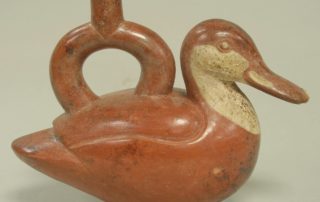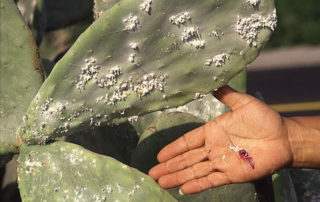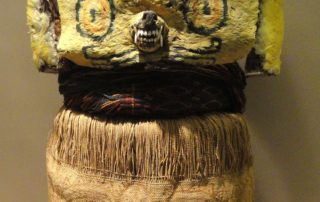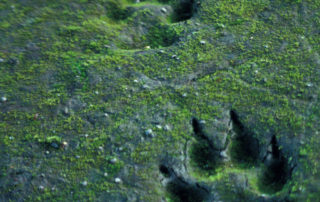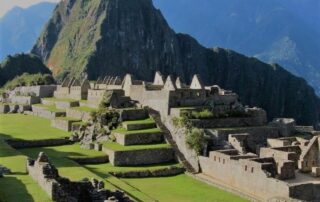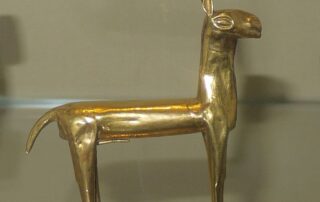Eucalyptus in the Andes Mountains and Beyond
When I first visited the Peruvian Andes, I was astonished to see groves of eucalyptus — native Australian trees — at elevations greater than 10,000 feet (3,048 m). Eucalyptus is the most widely planted non-native tree in coastal California, which has a Mediterranean-type climate like that found in parts of Australia, but why are these trees in the high Andes?
